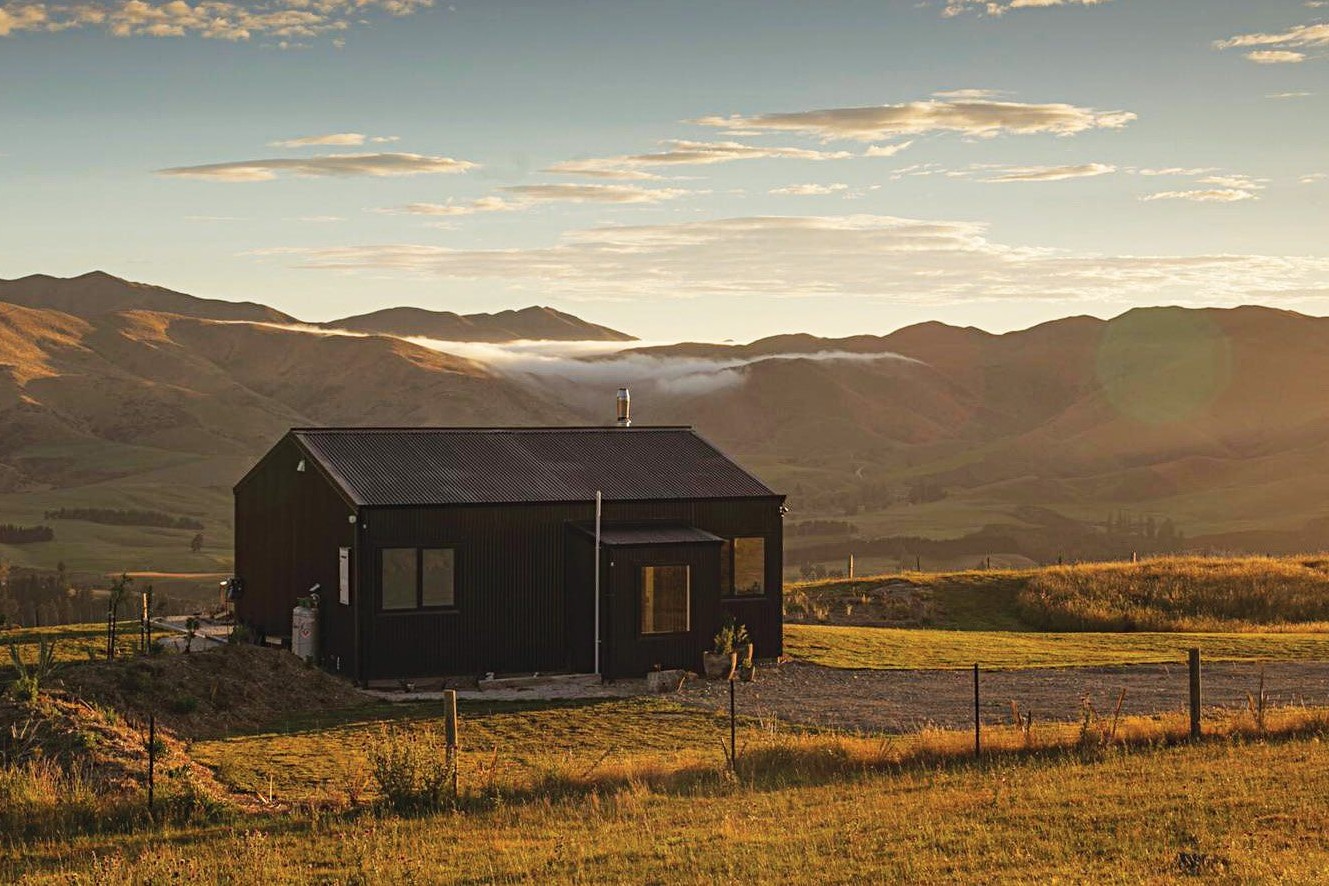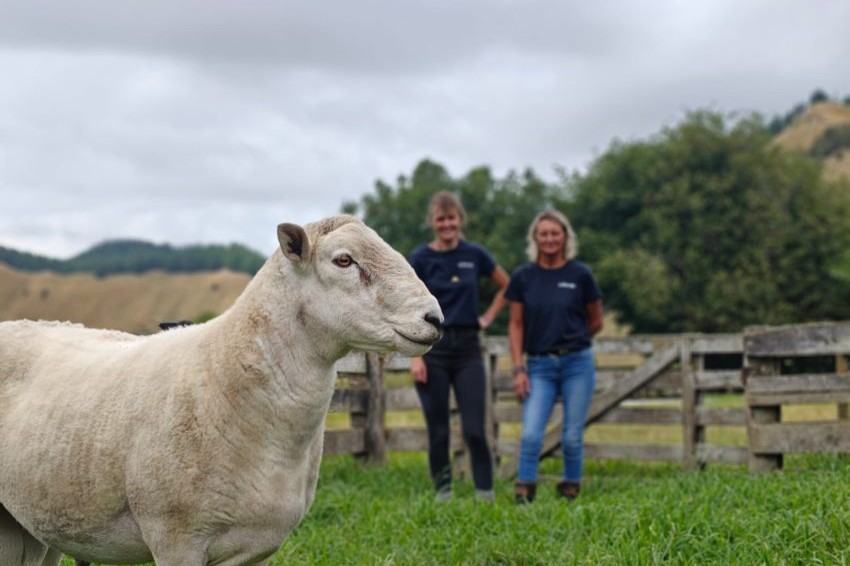Catering for glampers
Identifying the target market and providing what it wants is essential for farmers wishing to diversify into the accommodation business. By Lynda Gray.

Identifying the target market and providing what it wants is essential for farmers wishing to diversify into the accommodation business. By Lynda Gray.
Onfarm accommodation is potentially a great way to diversify your income, but you have to know exactly who your target market is, and what they are looking for.
That’s the advice of Canopy Camping (canopycamping.co.nz) a booking website for glamping-type and back-to-nature escapes throughout the country.
Liz Henderson co-founder of Canopy Camping says there are numerous farm cottages around New Zealand for people to rent. But in order to get great occupancy and a decent price owners need to create something that’s special on the farm with the “wow” factor,
She says operators need to know what their target market likes, “…things like outdoor baths, contemporary decor, and ‘surprise and delight’ touches are all crucial to the success of your accommodation business.”
She says a genuine desire to welcome and host people on a farm was important.
About half of Canopy Camping’s escape destinations are on working farms, and includes Rob Hewett and Helena Robinson who own Rocky Ridge Hut at Dunback in East Otago, an easy hour’s drive from Dunedin. They’ve identified their target market – couples wanting timeout and away from the busy-ness of everyday routine – catering for them with a simple yet stylish cabin with a perfectly placed outdoor hot tub and a telescope indoors for stargazing. They charge out the stylish and well-appointed accommodation for two from $280 per night.
The couple promote their accommodation exclusively through Canopy Camping whom they’ve found excellent to deal with.
“They were very helpful throughout the building process and even looked over our plans before we started building,” Rob says.
It took the couple three years to follow through on their idea of purpose-built, self-contained accommodation on Rob’s family sheep and cattle farm at Dunback. He started mulling over the idea during backpacking and travels overseas which included staying in some character cottages and accommodation. On return home in 2017 Rob realised just how special the environment in which he’d grown up was, motivating him and Helena to run with the accommodation idea.
They decided to bite the bullet then “stumbled in the dark”.
“We had a rough idea on design, we wanted big windows at the front with a couple of rooms, but soon realised that even with a small hut the expenses soon mount up.”
The pre-build work took about 18 months and included compliance and extra box-ticking they hadn’t anticipated such as the checking of soil stability and structural engineering reports to ensure any building would stand the rigours of a high wind and high snow loading area. The resource consenting process was a protracted exercise due to the farm’s location within a designated ‘rural scenic area’. Exactly where to build on the family farm took a long time to decide. About half a dozen sites were shortlisted and the chosen one is high on a hill with views of the Kakanui mountain range, private but easily accessed off the road to Macraes.
A local builder constructed the 57 square metre hut over two months and Rob helped out where he could. The couple funded the building with a 15% deposit and borrowed the rest. The hut was finished just before the first lockdown of March 2020.
Rob says they’re “stoked” with the look and feel of the hut, and the almost constant occupancy. The only downside is the constant cleaning and hut prep which takes longer than anticipated. However, they plan to employ someone for cleaning duties when a second hut is built at another secluded spot on the farm.
Purpose-built onfarm tourist accommodation
What to consider:
- Take time to pick the right location with good shelter that’s accessible for guests and to water.
- Think through the design before getting into the details. Changes and alterations to building plans eat into the budget.
- Be aware of council and building compliance and regulations.




